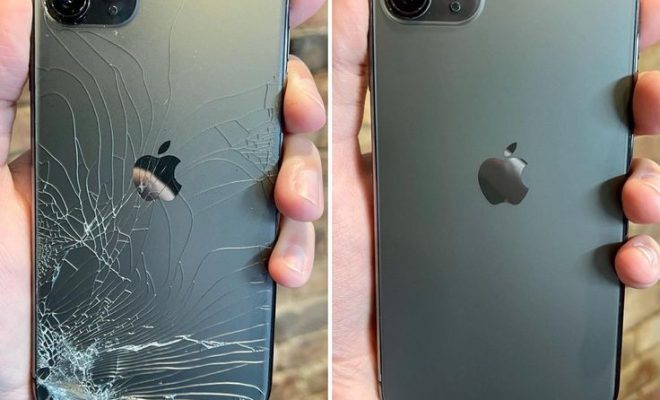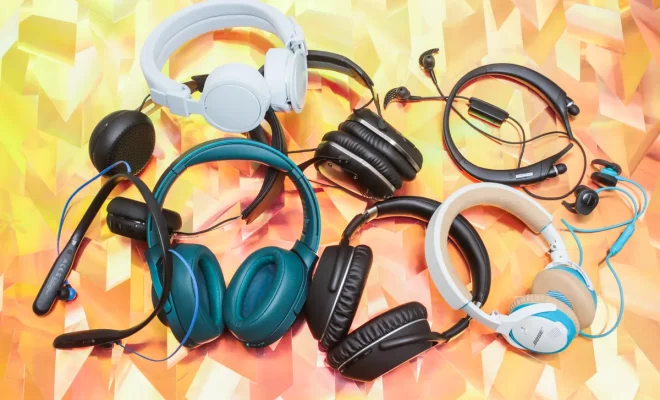iPhone 15 Pro and Pro Max Will Cost a Lot Less to Repair Cracked Back Glass

Apple’s iPhone series has always been synonymous with premium pricing, not only with regard to purchasing but also in terms of repair costs. However, the latest news in smartphone repair economics presents a significant shift from the norm. The company’s newest models, the iPhone 15 Pro and Pro Max, are reportedly going to cost consumers significantly less to repair in the case of cracked back glass than previous generations.
This welcome change can be attributed to Apple’s design alterations, which now allow for easier access to the inner workings of the phone when it comes to repairs. In prior models, repairing a cracked back glass often necessitated the removal and replacement of multiple components, making it a labor-intensive and expensive process. Apple’s re-engineered design now permits technicians to replace the back glass without having to delve deep into the device’s delicate innards.
Cost reduction in repairs is poised to have multiple benefits. For consumers, the lowered price for such a common repair means that overall maintenance over the lifespan of their device becomes more affordable. This could also lead to fewer instances where users opt for complete replacement over repair due to prohibitive costs, thus extending the service life of their device and reducing waste.
Moreover, this initiative by Apple could set a precedent for other smartphone manufacturers when considering product design with reparability in mind. A trend towards more repair-friendly devices would not only benefit consumers financially but also contribute positively to environmental sustainability efforts. It underscores a shift towards a more consumer-friendly approach in a market that is increasingly aware of the value of long-term usability and cost-effectiveness.
The iPhone 15 Pro and Pro Max models infusing cost-effectiveness into their repair model might not just be about goodwill; it may also be strategic. As marketplace competition heightens and as consumers become savvier about total cost of ownership rather than just upfront costs, Apple’s decision could keep them loyal while attracting new users who are more conscious about such factors.
In conclusion, while Apple has not yet officially announced these changes nor provided specific pricing details, insiders suggest that this latest development will be warmly received by both current iPhone enthusiasts and potential customers. If this information holds true, Apple is certainly taking a step forward by easing the financial strain associated with mobile repairs and potentially influencing broader industry trends towards more sustainable consumer electronics.






